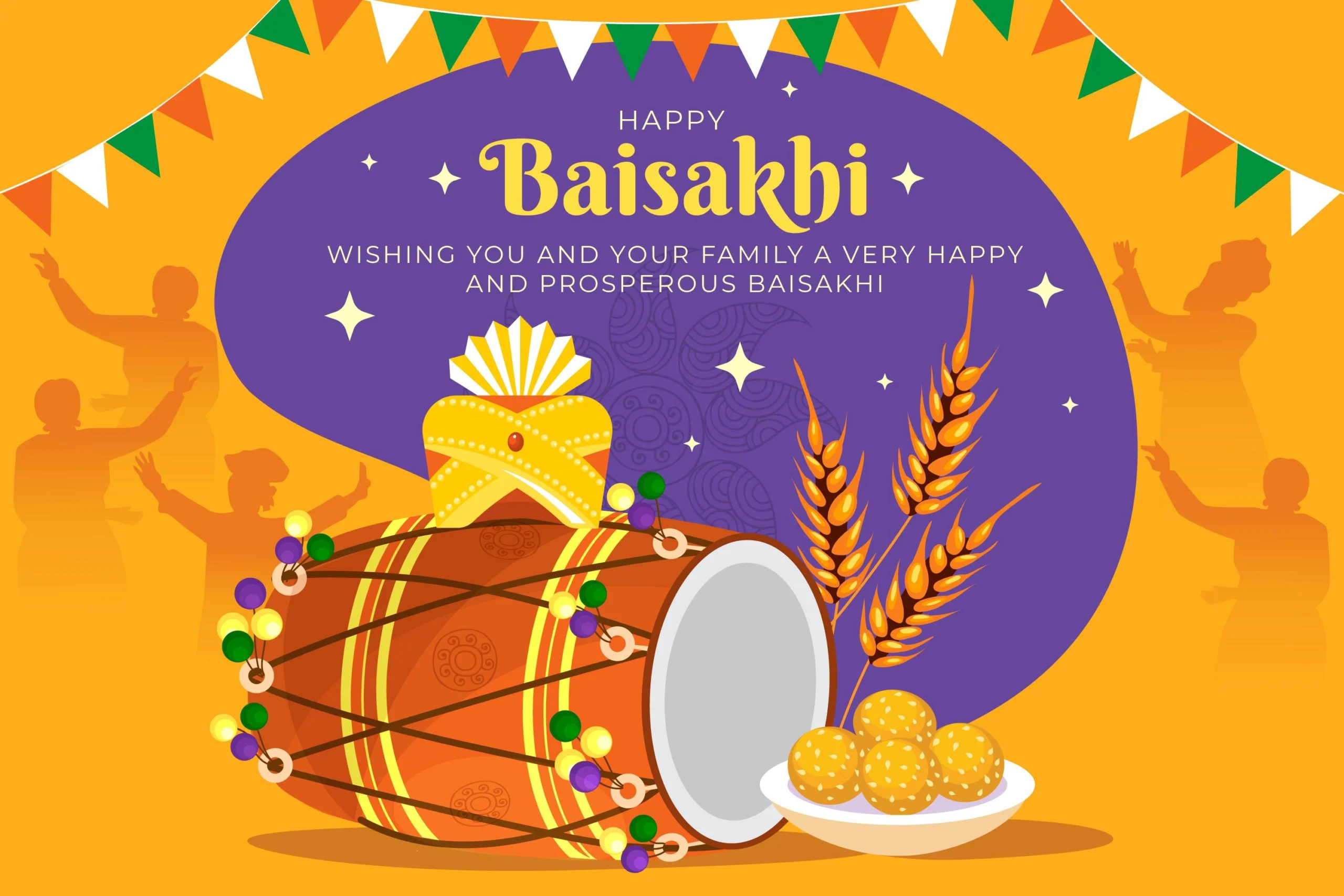Teej is a vibrant and joyful festival celebrated primarily in India and Nepal. It marks the arrival of the monsoon season and is dedicated to the worship of Lord Shiva and Goddess Parvati. The festival is observed with enthusiasm and is a significant occasion for women, who celebrate by engaging in various rituals and activities. In this article, we’ll explore the significance of Teej, traditional practices, and modern ways to celebrate this auspicious occasion.
The Significance of Teej
Historical and Mythological Background
Teej is a festival with deep roots in Hindu mythology. It celebrates the reunion of Goddess Parvati with Lord Shiva after years of penance and devotion. According to legend, Goddess Parvati undertook severe austerities to win Shiva’s love, and her perseverance ultimately led to their union. Teej symbolizes the triumph of devotion and love, and it is believed that observing this festival helps in strengthening marital bonds and bringing prosperity.
The Different Types of Teej
Teej is celebrated in various forms across India and Nepal, with the most prominent types being:
- Hariyali Teej: Celebrated during the monsoon season, this Teej is marked by women wearing green clothes and performing rituals to ensure a good harvest.
- Kajri Teej: Celebrated in parts of Uttar Pradesh and Bihar, Kajri Teej is known for its focus on the Kajri tree, where women sing traditional songs and observe fasting.
- Hartalika Teej: This Teej is observed with intense devotion, where women fast and pray for the well-being of their husbands and their marital bliss.
Preparations for Teej
Rituals and Customs
Preparation for Teej begins well in advance. Here are some traditional customs observed during the festival:
- Cleaning and Decorating the Home: Women clean their homes and decorate them with vibrant flowers, rangoli (colorful floor designs), and other festive ornaments.
- Buying New Clothes: Women traditionally wear new clothes, often in green, red, or yellow, symbolizing fertility and prosperity.
- Shopping for Puja Items: Necessary items for the Teej puja (worship) include sweets, fruits, flowers, and religious offerings.
Fasting and Prayers
Fasting is a key aspect of Teej celebrations. Women observe a rigorous fast, abstaining from food and water, to seek blessings for their husbands and families. The fast is broken only after performing the Teej puja, which includes offerings to Lord Shiva and Goddess Parvati.
Celebrating Teej: Traditional Practices
The Teej Puja
The central ritual of Teej is the puja performed at home or in temples. The puja involves:
- Preparation of the Puja Thali: A plate is decorated with offerings like sweets, fruits, flowers, and a diya (oil lamp).
- Performing the Rituals: Women gather to perform the rituals, recite prayers, and sing devotional songs. The rituals vary slightly based on regional practices but generally include offering prayers to Lord Shiva and Goddess Parvati, seeking their blessings for marital harmony and prosperity.
Cultural Festivities
- Traditional Songs and Dance: Women celebrate Teej by singing traditional folk songs and dancing. These songs often narrate tales from mythology and celebrate the bond between Shiva and Parvati.
- Swayamvar or Teej Fair: In some regions, community fairs or swayamvars (traditional matchmaking events) are organized where women participate in games, cultural performances, and other activities.
Modern Celebrations of Teej
Adapting to Contemporary Times
While traditional practices remain central to Teej, modern celebrations have incorporated new elements:
- Virtual Celebrations: With the rise of digital technology, many families now celebrate Teej through virtual platforms, connecting with relatives and participating in online pujas and festivities.
- Fusion of Traditions: Contemporary celebrations often blend traditional practices with modern elements, such as fusion fashion, contemporary music, and innovative decoration ideas.
Community Events and Social Media
- Community Gatherings: In urban areas, community organizations often arrange Teej events, including cultural performances, cooking competitions, and charity drives.
- Social Media: Many people share their Teej celebrations on social media platforms, showcasing their attire, decorations, and festive activities. This helps in spreading awareness about the festival and connecting with a broader audience.
Conclusion
Teej is a festival that beautifully combines devotion, culture, and celebration. Whether you follow traditional practices or embrace modern adaptations, Teej offers an opportunity to connect with one’s heritage, celebrate marital bonds, and enjoy festive activities with loved ones. By understanding and participating in these practices, you contribute to the preservation and enrichment of cultural traditions.
Embracing Teej not only helps in strengthening personal connections but also in fostering a sense of community and shared cultural identity. As you celebrate this auspicious festival, may you find joy, prosperity, and harmony in every aspect of your life.


